In our Solar System, the oldest celestial object is the Sun, which is a star, followed by the planets that were born swiftly after the Solar System formed, around 4.571 billion years ago.
The planets formed several millions of years after the Solar System, with Jupiter being the oldest planet in our Solar System, since it formed roughly 1 million years after the Sun. But how old is the Earth?
Our Earth is quite old, older than even some stars. Scientists have analyzed Earth’s crust, its rocks, and those of the Moon, and several meteorites, and concluded that the Earth is around 4.54 billion years old, with a margin of error of about 1%.

When it comes to the Moon, it is speculated to be 4.53 billion years old. The Moon is a large chunk of Earth that detached itself from our planet after a colossal collision occurred around 4.45 billion years ago when the Earth was merely 50 million years old, hence the reason why the Moon is so crucial in determining our planet’s age.
But why are meteorites factored in our suppositions? Due to their radiometric dating, their fragments more precise, such as the Canyon Diablo meteorite, meteorite impacts are used to determine our Earth’s age.
If we were to put the Earth’s age into days, then approximately 1.658 trillion days have passed since its inception.
When we look at other estimates of the Earth’s age, like, for example, the bible, it is estimated that our Earth is between 6,000 to 15,000 years old. Some Christian physicists believe that Earth is 4.6 billion years old.
If we look in Hindu cosmology and analyze the days of Brahma, then according to Hinduists, the Earth would be 4.32 billion years old. This is quite impressive given its closeness to the real scientific answer.
How Long has there been Life on Earth?
If the Earth is approximately 4.571 billion years old, then when did life developed on our planet? According to scientists, the earliest known life forms on our planet are dated between 3.77, 4.28, and 4.5 billion years.
These first life forms were putative fossilized microorganisms that were found in hydrothermal vent precipitates, and everyone agrees that they appeared not long after the oceans formed, around 4.41 billion years ago.
Among the most direct evidence of life on Earth comes to us in the shape of microfossils or microorganisms that were permineralized in the 3.465 billion years old Australian Apex chert rocks.
The Earth’s biosphere – the place where life is present, extends down to at least 19 km / 12 mi below the surface, and it goes up into the atmosphere for at least 76 km / 47 mi.
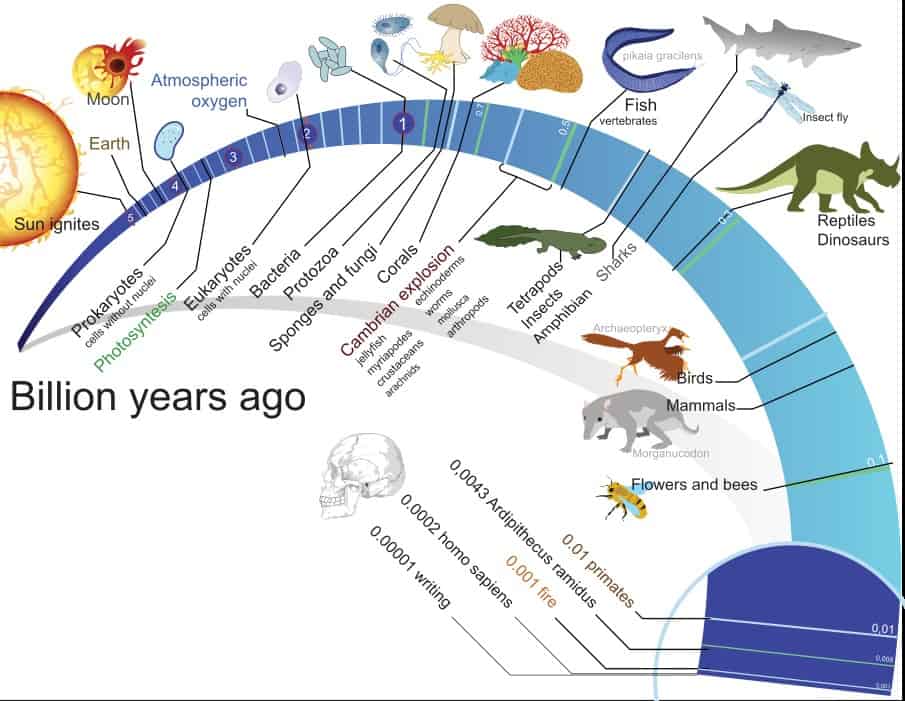
In some partly isolated places, such as Antarctica, the biosphere has been estimated to extend 800 m / 2,600 ft below the ice, in the deepest parts of the ocean.
Some microorganisms were discovered to exist even in the deadest spot in the ocean, the South Pacific Gyre – 250 feet / 76.2 m below the seafloor, while life forms such as bacteria, seem to survive for around three years in outer space.
It seems that life thrives even in the harshest conditions; however, consider this, over five billion of all species of life forms evolved on Earth, and 99% of them are now extinct.
Who Discovered the Age of the Earth?
The American geochemists Clair Cameron Patterson and George Tilton developed the uranium-lead dating method into lead-lead dating. Using lead isotopic data from the Canyon Diablo meteorite, Patterson and Tilton accurately determined the age of the Earth (4.55 billion years) in 1956.
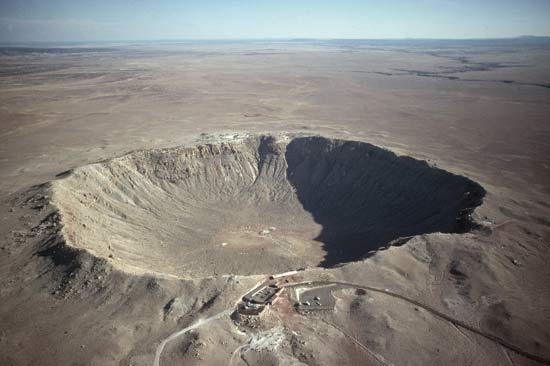
Though there is an error of +/- 70 million years in their calculation, the estimated age of the Earth still remains in textbooks even more than 60 years later after their publications.
How Old is the Earth According to the Bible Wiki?
According to the bible wiki, the young Earth creationists believe that the Earth is between 6,000 to 10,000 years old. This is in direct contradiction to all scientific studies.
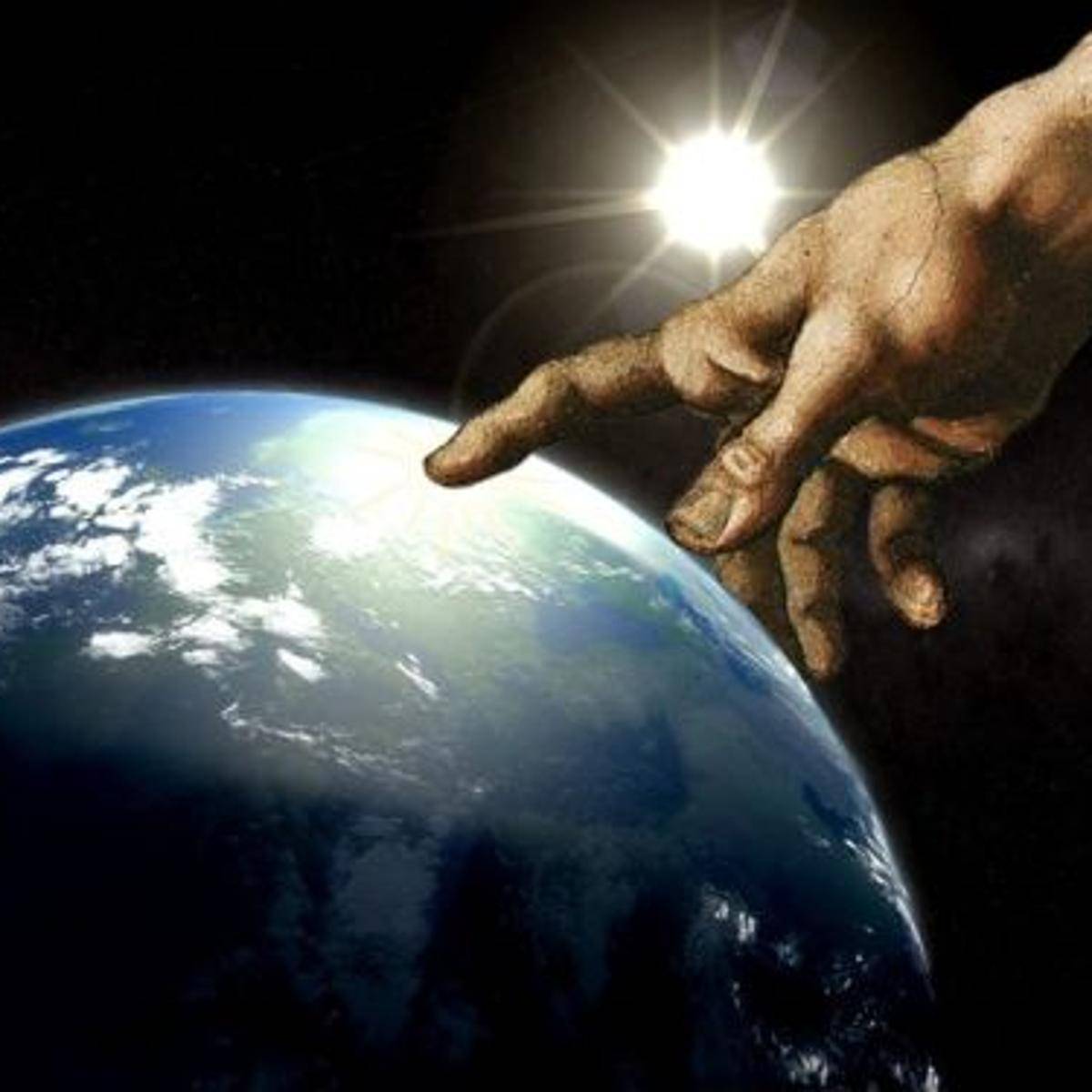
A team of scientists who believe in the young Earth theory conducted eight-year-long research to determine the age of the Earth; however, they’re results ultimately proved that the Earth was much older than anticipated.
What is the Oldest Planet?
The oldest planet in our Solar System is the biggest of the gas giant planets, namely Jupiter. Jupiter is estimated to have formed roughly 1 to 10 million years after the Sun.
This is probably the reason why Jupiter is also the most massive planet in our Solar System. It formed after the Sun, and thus collected more of the swirling gas and dust than the other planets from the solar nebula, resulting in its grand proportions. It is estimated that if Jupiter had been 70 times more massive, it would have become a star.
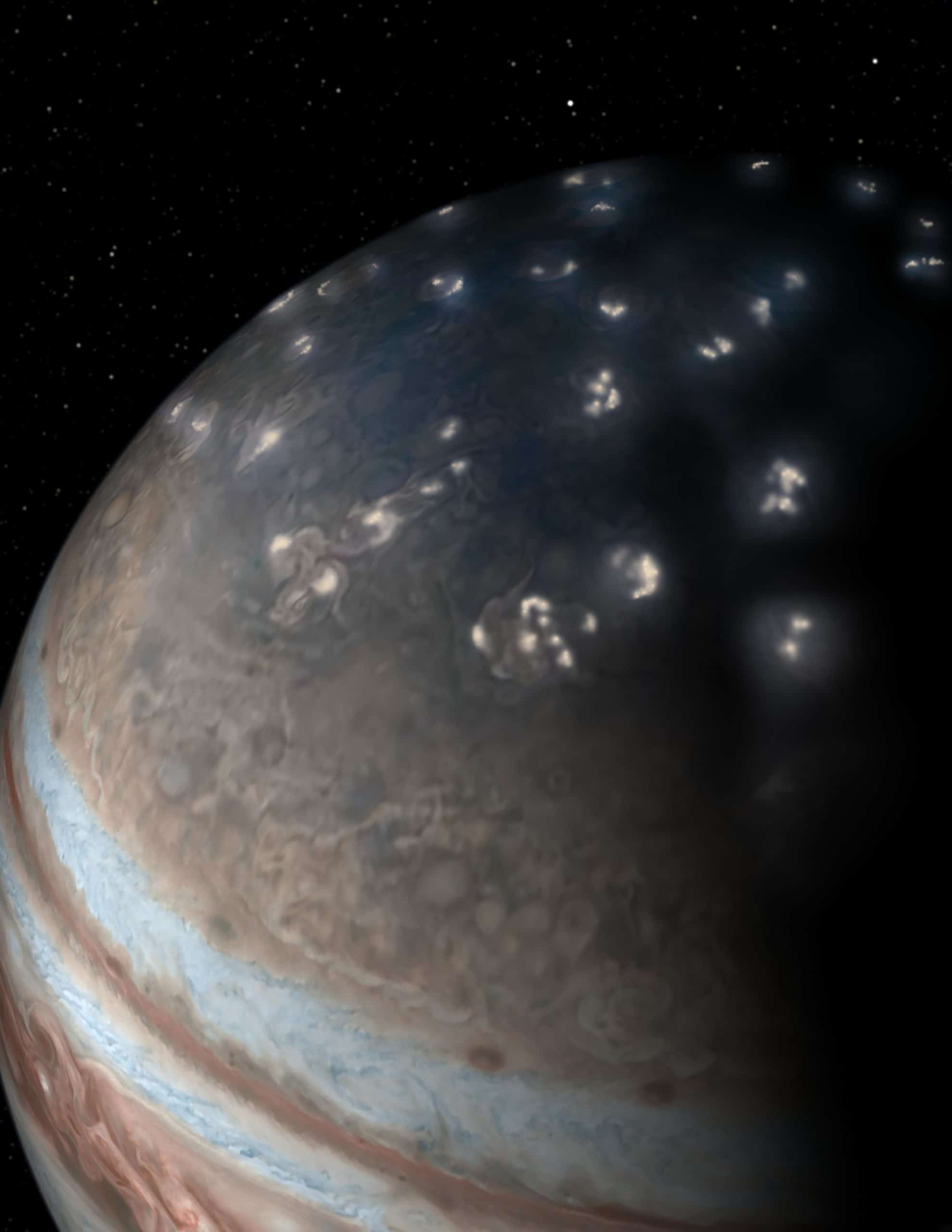
When it comes to the oldest planet in our galaxy, that would be the pulsar exoplanet designated as PSR B1620-26 b, or known unofficially by its nicknames “Methuselah” or “The Genesis Planet.”
PSR B1620-26 b is estimated to be at around 12.7 billion years old, being only one billion years younger than the estimated age of the Universe (13.7 billion years).
This planet orbits a white dwarf star and a neutron star. Compared to Earth, PSR B1620-26 b is almost three times older. If life ever emerged on such a planet, who knows what it would look like.
One popular theory on how life evolved on Earth, is that of panspermia. Panspermia involves the transportation of microorganisms throughout space, by dust, meteoroids, asteroids, comets, planetoids, or spacecraft.
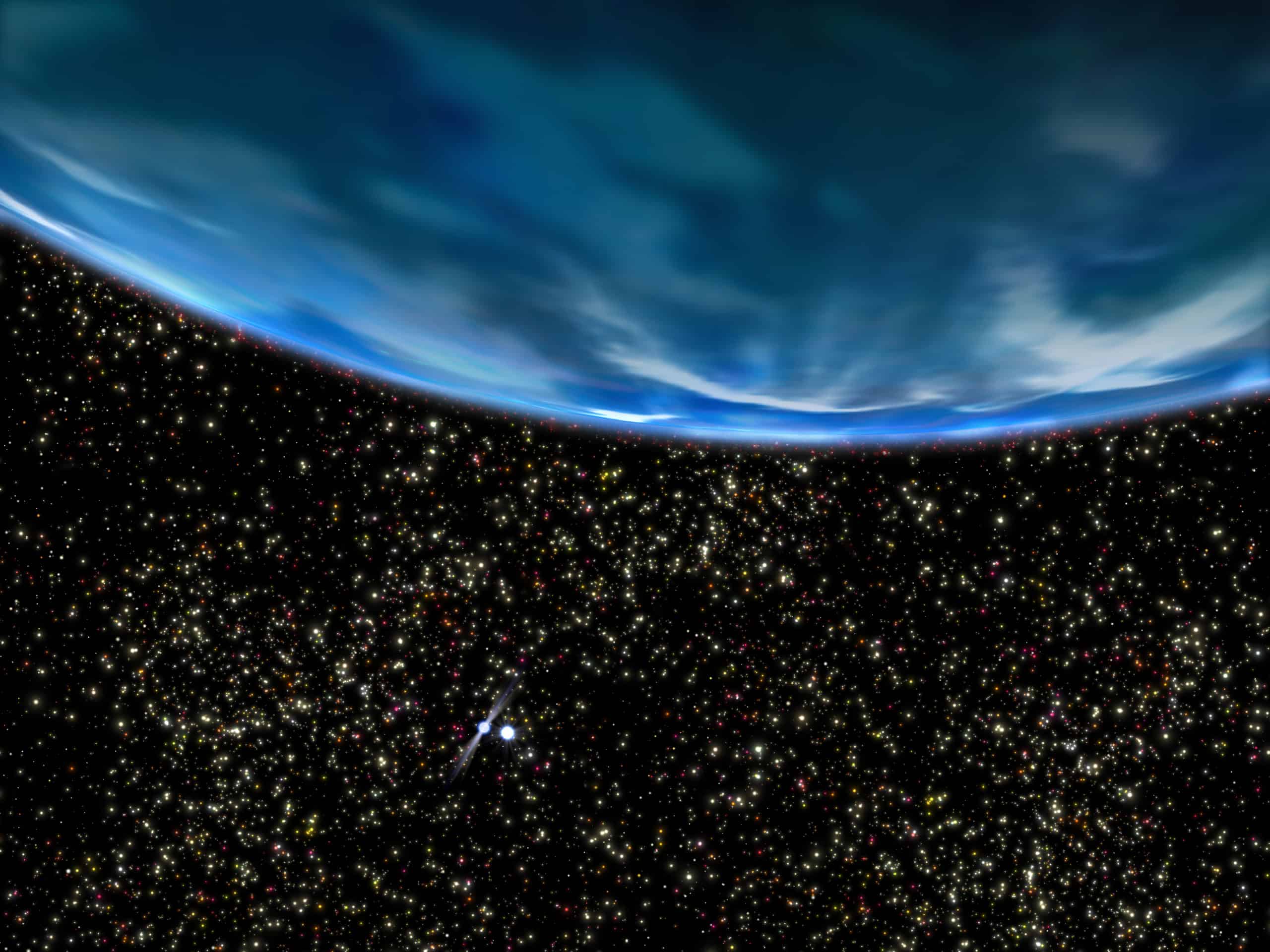
Life may have evolved on Earth by this method, and given the vastness of the Universe and ancient planets such as PSR B1620-26 b, it is quite a realistic possibility.
Did you know?
- There are more individual viruses on Earth than all the estimated stars in the Universe. This means that there are more viruses than all the grains of beach sand on our planet. Many consider viruses to be living microorganisms.
- The last universal common ancestor to all living things on Earth is called LUCA.
- Some recent discovered fossilized fungus, known as the Ourasphaira giraldae, is believed to have grown on land one billion years before the other plants existed.
- Since some pieces of evidence suggest that life emerged relatively quickly on our planet – 4.5 billion years ago, life may be a common thing throughout the Universe.
Sources:
Image Sources:
- https://ca-times.brightspotcdn.com/dims4/default/1f1ec08/2147483647/strip/true/crop/600×600+0+0/resize/840×840!/quality/90/?url=https%3A%2F%2Fcalifornia-times-brightspot.s3.amazonaws.com%2Fbc%2F5c%2F0e4a3abd09c2607e97e6b437d0de%2Fla-xpm-photo-2012-nov-20-la-ol-rubio-evolution-earth-20121120
- https://www.scienceabc.com/wp-content/uploads/2019/07/Timeline-evolution-of-life.jpg
- https://3.bp.blogspot.com/_Oe9BUoRNbho/TUMhu_IpZAI/AAAAAAAAAn4/ix_DjiUd1hs/s1600/meteorcrater.jpg
- https://bloximages.newyork1.vip.townnews.com/tulsaworld.com/content/tncms/assets/v3/editorial/a/47/a47c1d1c-5764-5596-b151-c24aca57bc14/524cb702c17af.preview-500.jpg?crop=375%2C375%2C62%2C0&resize=1200%2C1200&order=crop%2Cresize
- https://scx2.b-cdn.net/gfx/news/hires/2018/junosolves39.jpg
- https://upload.wikimedia.org/wikipedia/commons/4/44/Artist%27s_impression_of_pulsar_planet_B1620-26c.jpg
